By Cristan Williams
Upon completion of this series, this work will be released, in its entirety, as both an audio and ebook.
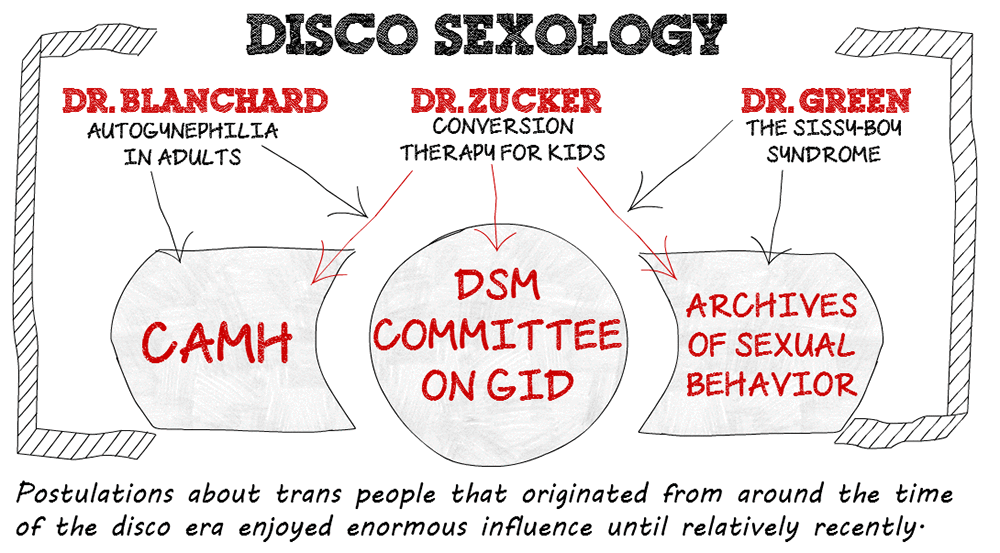

Installment Preface
Welcome to the second installment in this series on the rise and fall of Disco Sexology. This article will provide a concise, yet comprehensive review of the way Disco Sexology rose in prominence, eventually defining the way trans and gender expansive people were pathologized as having the same mental illness: a “gender identity disorder.” Additionally, this historical account will track the rise of the critique of Disco Sexology’s metrics, beginning with feminist critiques of conflating gender role discomfort with gender dysphoria in the 1970s.
The History
For me, the shocking truth revealed by the painful history of Disco Sexology is the corrosive hubris of an uncritical ontology. From its start in the 1970s, this ontological view of the trans experience informed practically every aspect of trans research and care, producing a self-referential power-knowledge that was cultivated into a form of governmentality through the state-run CAMH gender program. CAMH sexologist opinion leaders went on to inform the way the DSM-IV regarded the trans experience which, in turn, defined the way psychological professionals engaged the trans community around the globe.
Founded in 1968, CAMH established a gender program for youth led by psychiatrist, Dr. Susan Bradley in 1975. Until recently, the type of sexology CAMH both practiced and promoted was the product of 1970s-era gender theory. Dr. Zucker was introduced to Bradley while at graduate school and went on to collaborate with Bradley’s gender identity program. Zucker became the program’s clinical lead in 2001.
While Dr. Bradley was working to establish the CAMH gender identity program, Dr. Richard Green, founding editor of the Archives of Sexual Behavior, began working on a study that would inform the CAMH approach to working with gender diversity in children: The Sissy Boy Syndrome study. This study found that since almost all of a group of effeminate boys grew up to be cisgender, the authors presumed that most trans kids will therefore also grow up to be cisgender. Around this time, Dr. John Money was working on his own study concerning gender identity in youth. While Green’s study continues to be cited in mainstream news, both studies were later implicated in the deaths of their study subjects.
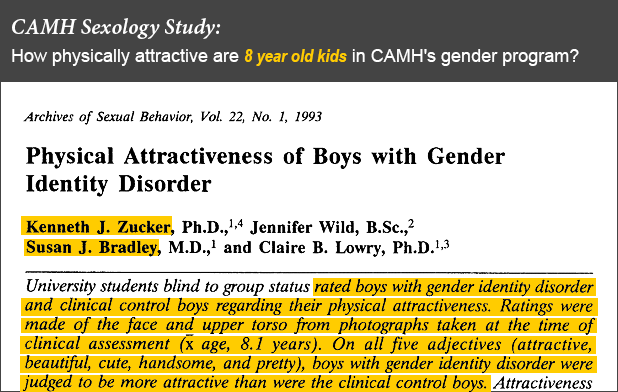 What follows is an overview of how Green’s research informed the clinical practice of CAMH’s gender identity program for youth:
What follows is an overview of how Green’s research informed the clinical practice of CAMH’s gender identity program for youth:
Comprehensive reviews of the literature by Zucker and Bradley (Zucker & Bradley, 1995, 1999; Bradley & Zucker, 1997) report that there are no definitive evaluations of interventions with children and adolescents diagnosed with GID. One study, often cited in discussions of the long-term implications of gender variance among youth is Green’s (1987) report on “sissy boys.” Very few discussions highlight the problematic findings of this study. Green conducted a follow-up on 66 feminine boys referred to his clinic and a control group of 56 masculine boys. He was able to contact only 44 of the feminine boys and 35 of the masculine boys for follow-up, representing a loss of approximately a third of both groups, growing concerns about biases among his remaining participants. Interestingly, of the feminine boys, only one was considering sex reassignment surgery at follow-up, but most reported same-sex or bisexual desires. Green concludes that most feminine boys eventually forgo the desire to change sex without therapy, suggesting that his sample largely consisted of “pre-homosexual” and not “pre-transsexual” boys. Green’s study is a central cornerstone of early approaches to gender variant youth, yet the study has been overvalued given its biases. A better sense of what happened to Green’s sissy boys was revealed in a recent report by one of the participants in Green’s study. Bryant (2004), one of Green’s “sissies,” in a paper presented to the American Psychiatric Association, describes Green’s treatments as a trauma. He reflected on Green’s rejection of his femininity and said this:
I experienced this as a strong negative judgment about something I felt very deeply about myself, at my core. As a result, I think that the main thing that I took away from my years at [Green’s gender clinic at] UCLA was a kind of self-hatred and a loss of a sense of who I really was. I learned to hide myself, to make myself invisible, even to myself. I learned that who I was, was wrong.
Bryant suggests that treatment protocols for these children and adolescents, especially those based on converting the child back to a stereotypically-gendered youth, may make matters worse, causing them to internalize their distress. In other words, treatment for GID in children and adolescents may have negative consequences.
The idea that children perceive treatment for their gender variance as a threat to their self is reinforced by an emerging line of inquiry. Children receiving treatment for gender variance, they reason, will begin narrowing their interests, setting on options that they find less fulfilling and ultimately feel a “straight-jacketing of the self.” Initially, Carver, Yunger, and Pony (2003) found that children who have atypical gender identifications and who are dissatisfied with their gender are distressed, especially if they feel pressure to conform to gender stereotypes.
[…]
Zucker and Bradley (1995) believe that reparative treatments (encouraging the child to accept their natal sex and associated gender) can be therapeutic for several reasons. They believe that treatment can help reduce social ostracism by helping gender non-conforming children mix more readily with same-sex peers and prevent long-term psychopathological development (i.e., it is easier to change a child than a society intolerant of gender diversity). Reparative therapy is believed to reduce the chances of adult GID (i.e., transsexualism) which Zucker and Bradley characterize as undesirable. Thus, “nipping” gender disorder “in the bud” holds the promise of an easier life for the child in adulthood, something that resonates with some parents (Bauer, 2002). Zucker and Bradley (1995) believe these goals are clinically valid and provide sufficient justification for therapy which will “help children feel more secure about their gender identity as boys or as girls” (p. 270). Indeed, Zucker (1990b) points out that reducing peer ostracism and prevention of transsexualism alone are reason enough for treatment given the distress that adult transsexuals experience.1
The Rise & Fall of Disco Sexology: A Timeline
1966
The Clarke Institute opens
1968
The Clarke Institute’s trans program begins to take shape, led by Dr. Blanchard’s colleague, Dr. Betty Steiner
1970
[TW: Death] Drs. Money, Green, & Stoller consider trans care & reparative therapy in the International Journal of Psychiatry
1971
Dr. Green starts the Archives of Sexual Behavior
1973
It is agreed that the diagnosis “homosexuality” would be removed from the DSM
1974
[TW: Death] Dr. Green partners with (now) disgraced anti-LGBT activist for “Deviant Sex-Role Behavior” study
1975
Clarke Institute’s GID youth program begins, led by Drs. Zucker & Blanchard’s colleague, Dr. Susan Bradley
1978
Modeled after Dr. Green’s “Sexual Identity Conflict”, GID is added to the DSM-III draft
1979
Dr. Paul McHugh manages to shut down the Johns Hopkins gender program because he thought it was the “grimmest in the practice known”
1980
The DSM-III is published
1981
Dr. Zucker starts working at the Clarke Institute GID youth program
CAMH sexologist, Dr. Ray Blanchard invents “autogynephilia”
1991
Dr. Bradley chairs the GID DSM-IV Workgroup, Dr. Zucker becomes an opinion leader
1998
In a peer-reviewed follow-up on the positive outcome of using puberty blockers on a trans kid, the misinformation of Drs. Green, Bradley, & Zucker is credited as being the reason medical help was not available to trans kids
2001
Dr. Zucker begins running the CAMH GID youth program & Dr. Green’s Archives of Sexual Behavior
2002
Dr. Blanchard accepts an award for CAMH’s work with trans people from Division 44
2003
Sexologist Dr. Bailey, publishes The Man Who Would Be Queen, introducing “autogynephilia” to pop culture.
2008
Dr. Zucker chairs the DSM-5 GID Workgroup, Dr. Dreger defends CAHM sexology in Zucker’s (previously Dr. Green’s) journal
2015
CAMH sexology practices come under heavy scrutiny, Dr. Zucker is fired from CAMH
2016
A defense of CAMH sexology is nominated for Lambda Literary Award, Drs. Zucker & Green condemn conversion therapy bans for trans kids

- Karasic, Dan, and Jack Drescher. Sexual and Gender Diagnoses of the Diagnostic and Statistical Manual (DSM): A Reevaluation. New York: Haworth Press, 2005.
- Bentler, PM. Sex Roles; Jun 1978, Vol. 4 Issue 3, p 461, 4p
- Bradley, Susan J., Ray Blanchard, Susan Coates, Richard Green, Stephen B. Levine, Heino F. L. Meyer-Bahlburg, Ira B. Pauly, and Kenneth J. Zucker. Interim Report of the DSM-IV Subcommittee on Gender Identity Disorders. Archives of Sexual Behavior 20, no. 4 (1991): 333-43. doi:10.1007/bf01542614.
- Zinck, Suzanne, and Antonio Pignatiello. External Review of the Gender Identity Clinic of the Child, Youth and Family Services in the Underserved Populations Program at the Centre for Addiction and Mental Health. Report. CAMH. 11.
- Dr. Zuger was a New York-based doctor who went on to publish work with Drs. Blanchard, Zucker, Money, Green, and Bradley. The Zuger study that is cited in this 1998 report itself cites the work of Zucker, Bradley, Green, Money, and Dr. “rentboy” Rekers to support his gender identity claims.
- About this Dr. Kelley Winters wrote: “Dr. Zucker is technically correct in this sentence, only because he and the Clarkeites influenced the DSM-IIIR and DSM-IV GIDC criteria to be met by mere gender nonconformity. The pants-on-fire falsehoods happen when he and others substitute ‘gender dysphoric children’ for ‘GID children’ and get away with it”.
- “Well, the evolutionary hypotheses about homosexuality, and I have reviewed these very carefully…I’m writing a paper on them…they have all been, in my opinion, quite lame, um, and this is another place where sensitivity has impeded careful thought. I mean, one thing to realize is that evolutionarily, homosexuality is a big mistake. ” – Bailey, J. Michael in 91.7 FM Interview. KOOP. May 2003.
- “…homosexuality may represent a developmental error. This hypothesis would be supported by findings that homosexual people (and people disposed to suicidality and depression have higher rates of indicators of developmental instability…” – Bailey, J. Michael. “Homosexuality and Mental Illness.” Archives of General Psychiatry 56, no. 10 (1999): 883. doi:10.1001/archpsyc.56.10.883.
- Beirich, Heidi, and Bob Moser. A Group of Scientists and Journalists Tries to Turn Back the Clock on Sex, Gender and Race Using Eugenics and Controversial Genetic Theories. Intelligence Report, December 2003.
- Ethical Minefields: The Sex That Would Be Science. Seed Magazine. June 14, 2004. Accessed November 30, 2015. https://web.archive.org/web/20040614034224/http://www.seedmagazine.com/?p=article&n=above&id=130.
- Bockting, Walter O. Biological Reductionism Meets Gender Diversity in Human Sexuality. The Journal of Sex Research 42, no. 3 (August 2005): 267-70.


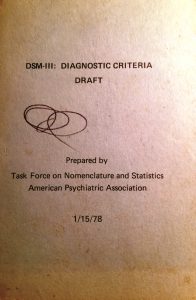
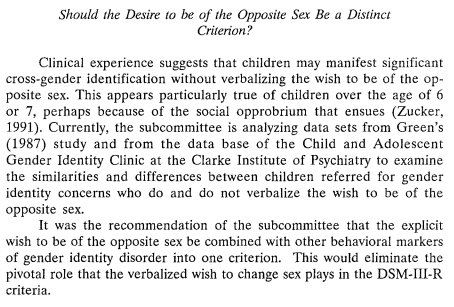
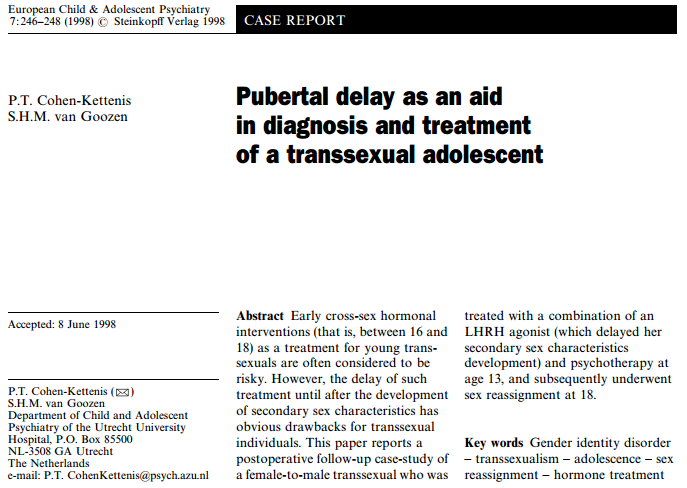

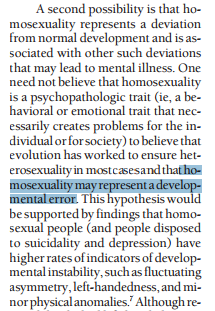
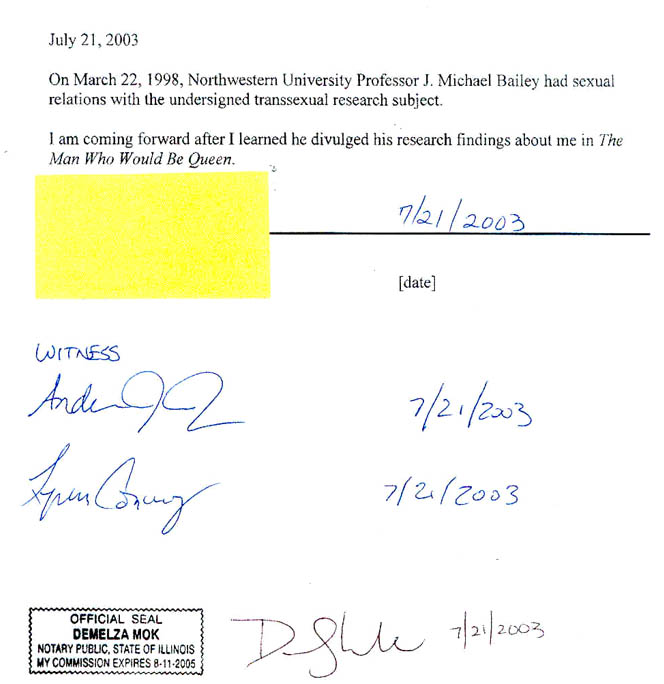

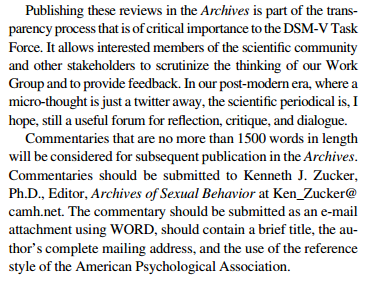
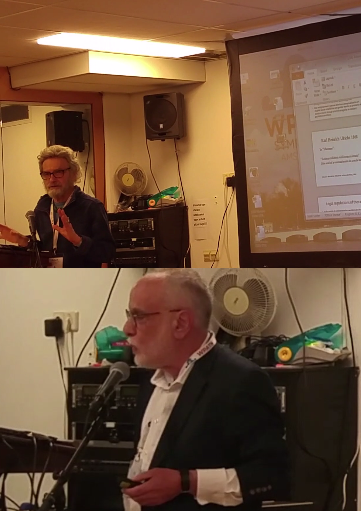
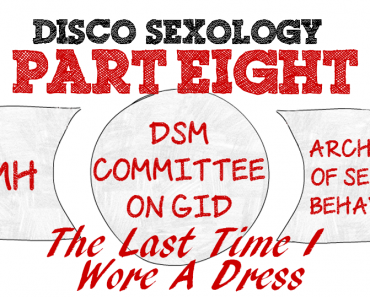
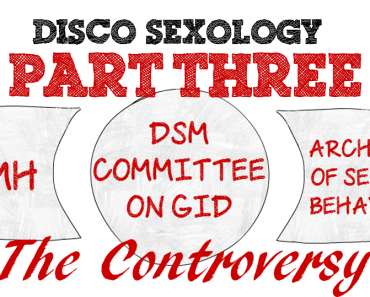
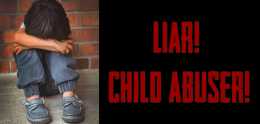
I#m getting so sick of it. Could it be that they’re all “tranny chasers”… ? I mean, Bailey and TMWWBQ with his fascination for “Kim”, Green with Sissyboys and Zucker with “Attractiveness…”
The idea came to me while reading at GallusMag’s Blog . (I have also some masochistic facets, but only sometimes 😉 ) There is one guy named “Rod … ” commenting there and endorsing the TERF’s side. I followed the link to his websites: He’s traveling frequently to Asia for the kathoey in Thailand the Philippines, it seems . He strongly defends the theory of AGP, too and seems to like to categorize the Asian girls into AGPs and HTS as well.
All so strange.
Great work but you can add the 2007 review of CAMH, published in 2009. Which was even more damning. This in a sense set the scene for the Zucker’s end, since it was clear in the later 2015 review that few (or none) of the earlier recommendations had been implemented.
“The Executive Summary goes on to note that in spite of past diversity program efforts:
“Still,
1. Homophobia, racism and ableism have been cited as important internal concerns
2. Although there are Queer & Trans-specific services in the Addictions program, these have not
been offered in Mental Health
3. LGBTTTQQI priorities have not been part of the cultural competency practice framework for
clinical staff”
http://ai.eecs.umich.edu/people/conway/TS/News/US/Zucker/The_War_Within_CAMH.html